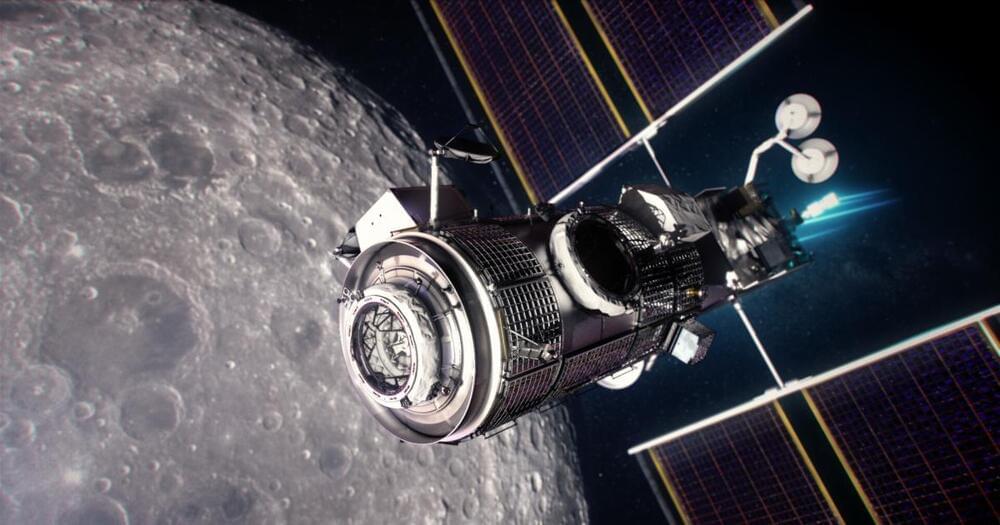Science fiction often paints a terrifying picture of the future—think aliens decimating humanity, à la The War of the Worlds. But sometimes the future becoming the present can be pretty amazing—who doesn’t love successful space launches majestically catapulting humans skyward?
Or take Earth’s oceans, which are currently in the middle of a technological revolution that, outside of some very nerdy circles, has gone largely unnoticed.
“We’re at the cusp of a proliferation of lots of autonomous vehicles in the ocean,” said Alex De Robertis, a biologist at the Alaska Fisheries Science Center of the National Oceanic and Atmospheric Administration (NOAA). “Things that were science fiction not so long ago are kind of routine now.” That includes saildrones, which look like oversized orange surfboards, each with a hard, carbon-fiber sail (called a wing) and a stash of scientific equipment.







